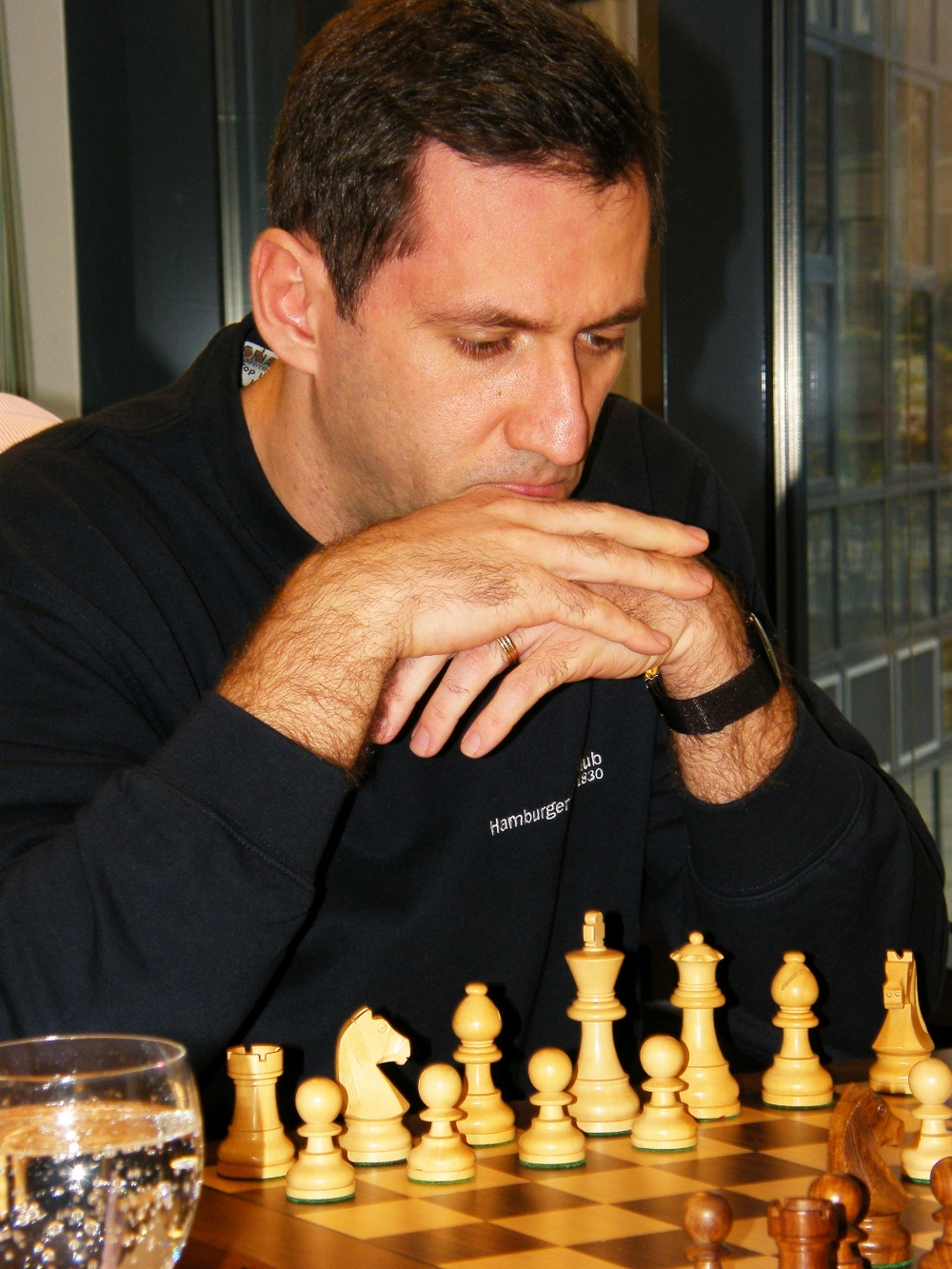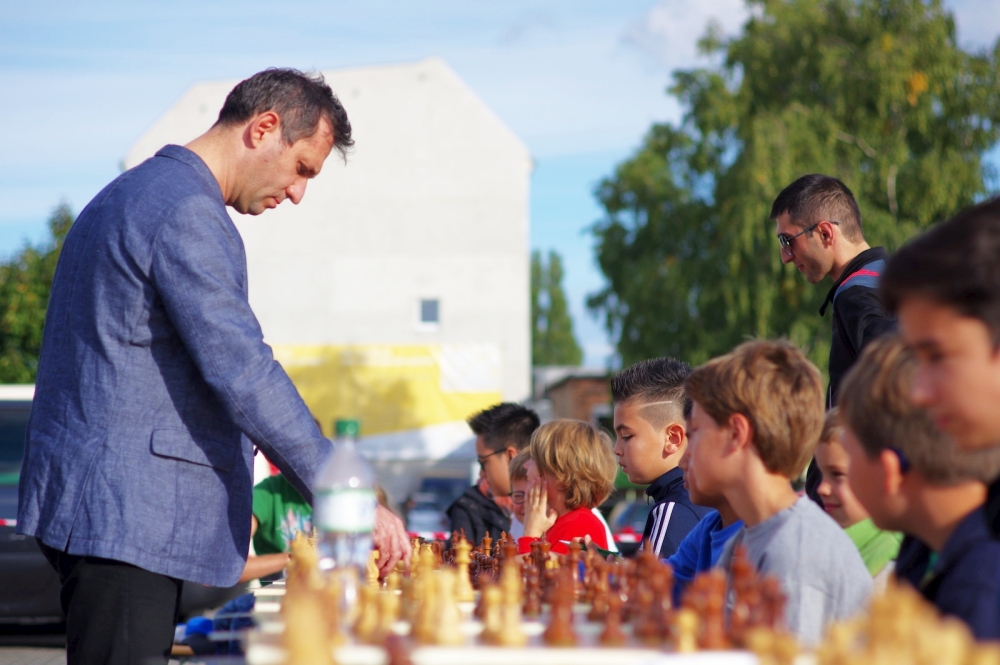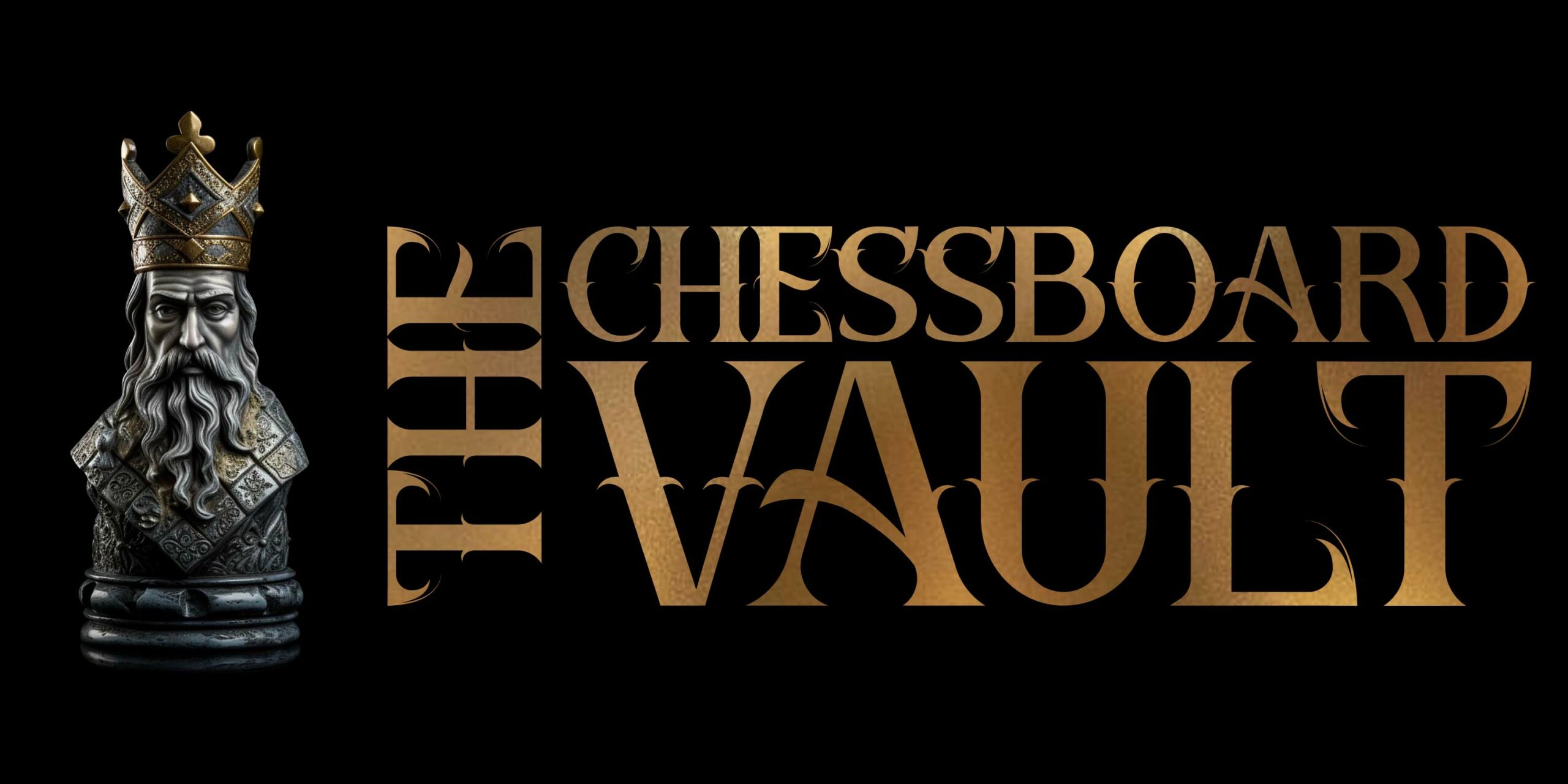Have fun learning openings!
Players tend to follow fashions, stick to a single opening or play minor variations out of fear of their opponent. Opening tutorials offer an innovative guide that inspires individual playing style. In compact videos, GMs present essential plans and ideas for open games after 1.e4 e5. In addition, there are interactive tactical exercises and recommendations for different types of player. ChessBase’s opening tutorials are available as online books and provide a comprehensive resource for deliberate, well-reasoned opening choices.
ChessBase Opening Tutorials, now in the convenient ChessBase book format, allow you to watch video lessons and replay sample games from the comfort of your browser. But we shouldn’t forget the “Bible” of Openings that is theEncyclopedia of Openings.
In this interview, former national coach Dorian Rogozenco explains how opening training should be organized according to playing level and how the recently published ChessBase book “Openings #01 – Open Games“can be a great help.
Mr. Rogozenco, which target group is the new ChessBase book “Openings #01 – Open Games” aimed at?
The main target group is beginners and club players up to a level of around 1700 or 1800 DWZ who have only a superficial knowledge of openings. Here, they can build the foundations of a repertoire. But stronger players can also get an idea of the place of the variant presented here in their repertoire of openings by looking for new variants.
How did the idea for this ChessBase book come about?
This concept already existed a few years ago in brochure form. We used this good base to create a multimedia concept.
How can the ChessBase Book concept be used to expand the repertoire?
We use the same structure in each chapter in four sections: “Overview”, “Practice”, “Test” and “Conclusion”.
What does this mean in concrete terms?
In the “Overview” section, videos by Elisabeth Paehtz, Niclas Huschenbeth, Jan Gustafsson and Karsten Müller give a brief overview of the topics covered and the basic variants, as well as typical games, strategies and opening traps. The practical sub-chapter contains a selection of current GM games, reflecting the state of modern theory; this helps to develop an intuition for the positions that arise. In the test section, the reader is challenged and can acquire the necessary tactical intuition by solving typical opening positions and becoming familiar with certain traps. Finally, the conclusion ranks the current popularity of the opening, gives indications of the types of players and strengths it is suitable for, and refers to other ChessBase books on the subject.
This seems to be a lot of work for the reader to assimilate the variants.
No, on the contrary. Memorizing variants is a thing of the past. That’s the way it used to be done. Thanks to the many digital possibilities available today, you should approach new variants with curiosity and pleasure: this digital book will give you a good overview. If, after reading a chapter, you feel that it could be an opening for you, then in my opinion three things are particularly important:
- You must be interested in the opening, and the resulting positions must suit you.
- You should play games with this opening and absolutely analyze them afterwards.
- You should watch the GMs’ games and try to understand every move. For example, it’s a good idea to watch Spassky or Adams games if you want to learn Spanish.
If you proceed in this way, you’ll have variety in your learning, you’ll gradually get an idea of the positions and you’ll become better and better at entering new variations.
Nevertheless, it takes time to learn an opening.
Yes, of course, how could it be otherwise? Today’s technology has come a long way. I still remember how enthusiastic I was when I used the first DOS version of ChessBase – the database with its quick search was simply impressive. The whole thing has developed a lot in the meantime. But one factor has remained the same: people! And they have to make an effort to learn something. But if they do so using the method described above, they will have the advantage over other players of understanding the openings and playing them well, even if they the variants that appear are “out of the book”.
In a way, this is reassuring, as it’s a question of understanding rather than pure memorization. What should be the scope of openings in chess training for the target group described above?
Opening training should not take up too much space. It is just as important to understand the development of intermediate games. It is also essential to practice endgames in order to develop an intuition for the interaction of the pieces. It is also essential to solve many tactical problems, which are useful in all phases of the game.

How important is analysis software in the study of the opening?
It should only be used for control purposes. Evaluations are not that important. We often find that GMs regularly and successfully play variants with ratings as low as -1! This can be seen time and again in East Indian, for example. This shows that the most important thing is to understand position types. If I understand the position better than my opponent, I’ll usually come out of the opening with a more promising position.
If I know which opponent I’m going to face in a tournament or team match, should I concentrate on my own strengths or try to exploit my opponent’s weaknesses?
This is a fundamental question. It very much depends on your own style and character. There’s no real answer; everyone has to discover it for themselves. Personally, I think it’s more effective, more flexible and more varied to try to find and exploit your opponent’s weaknesses…
…and it has the advantage that, on the one hand, you play and familiarize yourself with different openings and variations and, on the other, it’s not so easy for your opponents to understand your own repertoire.
Yes, that’s true. But, as I said, it’s simply a question of different approaches that can be found right up to the highest level. Karpov, for example, played almost exclusively Spanish throughout his life or, later, Caro-Kann. His opponents could prepare themselves, but this was generally not a problem for the long-time world champion.
Is there a jump in playing strength once a lot more in the opening has been memorized?
No, it’s not a jump. It’s more of a gradual development. But here too, it’s very useful to have gained a lot of experience over the years. Understanding the game should always be at the forefront.

You’ve coached and assisted top-level players. How does the importance of opening preparation change at this level?
The differences in playing strength between the best players are marginal: 90% of success is therefore based on good preparation of the openings. This is also the main task of a coach or assistant. But amateurs shouldn’t let themselves be impressed. The lower the level of play, the more important it is to have a good foundation.
How deep should your knowledge be?
It depends on the opening. But for most of them, you should already know up to eight moves. This is a rule of thumb. The most important thing in learning is to avoid boredom. Progress will then come almost imperceptibly on its own. If you keep watching games that match your variations, you’ll be well prepared for the next game. But above all, I wouldn’t recommend changing your opening immediately if you lose two or three games in a row. That’s where you learn the most – by asking yourself, “What did I do wrong here?” Incidentally, this attitude also says a lot about a player’s personality…
Finally, back to the digital book published by ChessBase: how important is the conclusion of each chapter to you?
This is extremely important when selecting openings: the reader can quickly see what is important in the opening and how to classify the type of positions that arise. Once this selection has been made, you can search for further material in databases, books, ChessBase or online.
We can tell you’re passionate about the subject of openings!
Yes, it’s fascinating to deal with openings. The developments are fascinating. For example, the Grünfeld is played much less often at the highest level and the Caro-Kann has also become unpopular over the last two or three years. I don’t even know why. But aspects such as fashion and the rapid evolution of analysis software always play a role. In any case, I look forward to continuing to report on current developments on ChessBase.
Mr Rogozenco, thank you very much for this interview!
About Dorian Rogozenco

Dorian Rogozenco is a Romanian GM, trainer and author, born on August 18, 1973 in Chișinău, Moldova. He earned the IM title at the age of 18 and became GM in 1996. He has won several international individual tournaments, including the Chemnitz Open in 1997 and 1998, Bucharest in 1999 and Eforie Nord in 2006. He was joint winner in Lviv (Ukraine) in 1995 and Hamburg in 1997 and 2000. He also won the international individual championship in Hamburg in 2004 and 2008. He has represented Moldova at several Chess Olympiads.
Dorian Rogozenco is a certified FIDE A coach and has been a coach for the Hamburg Chess Association. From 2014 to November 2020, Rogozenco coached the German national team and trained Germany’s top players. From 2002 to 2013, he also coached Ukraine’s top player and FIDE World Champion from 2002 to 2004, Ruslan Ponomarjov.
In addition, Rogozenco is a respected chess author and has published several books, video courses and articles. His knowledge and experience make him a sought-after expert who regularly speaks at chess seminars and conferences.
Rogozenco is also well known as a commentator, including at the microphone during the World Chess Championship.
